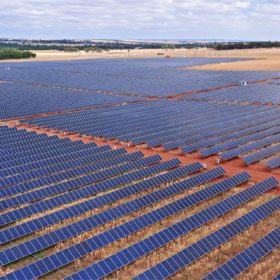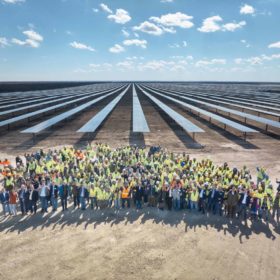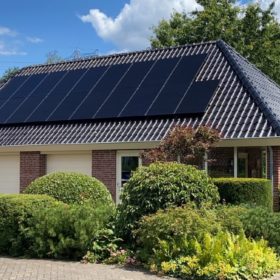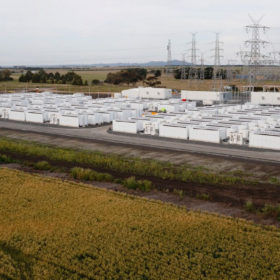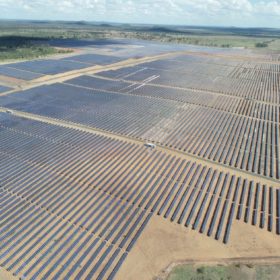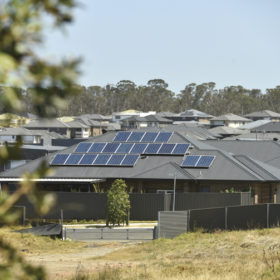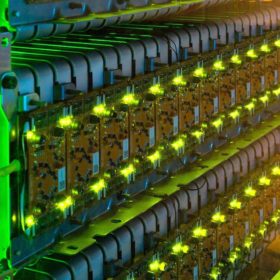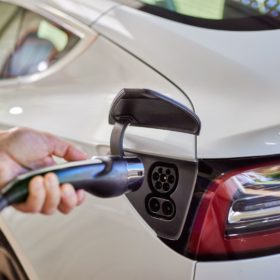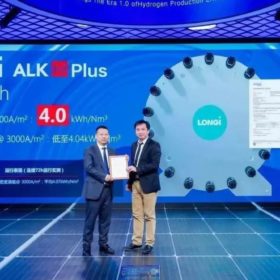Samsung signs on for Western Australian green hydrogen project
Western Australian clean energy developer Infinite Green Energy will partner with South Korean industrial conglomerate Samsung C&T to develop and build a commercial-scale green hydrogen project that will leverage the existing 11 MW Northam Solar Farm east of Perth.
Global trends for solar in 2023
Component cost declines, local manufacturing and distributed energy are the three big trends for the renewable energy sector this year, according to S&P Global.
Tongwei unveils 21.7%-efficient shingled solar panels for residential PV
Tongwei is offering six versions of its monofacial monocrystalline panels, with power outputs ranging from 400 W to 430 W and power conversion efficiencies between 20.1% and 21.7%.
Weekend read: Australia goes big on batteries
Last December, Australia’s first large-scale battery funding round fast-tracked eight new grid-forming projects with a combined capacity of 2.0 GW / 4.2 GWh. That same month, the country’s fresh federal government announced it would enact a major underwriting scheme to incentivise renewable storage across the country. The moves echo those which inaugurated big solar in Australia, but the transformative potential of these storage plays will, it seems, take a different shape.
Darwin to Dili: Contrasting challenges in Timor-Leste during an energy transition
Dan Lee learns about energy poverty, and some of the unique challenges of the transition during a trip to Timor-Leste as part of a delegation of eight students from the University of Queensland’s Master of Sustainable Energy program.
Gentari seals deal for Wirsol’s Australian solar and storage assets
Malaysian oil and gas giant Petronas’ clean energy business Gentari has finalised its acquisition of Wirsol Energy’s Australian renewables assets, including 422 MW of operational capacity across solar and storage facilities, and 765 MW of potential capacity under development.
NSW to electrify entire communities in $8 million pilot program
The New South Wales government has announced an $8 million (USD 5.5 million) pilot program which will support the entire electrification of three communities across the state. It is anticipated the initiative will include the deployment of solar, batteries and local electric vehicle charging infrastructure.
Relectrify seeks to scale up operations with backing of Toyota Ventures
Australian startup Relectrify aims to scale up the adoption of its highly efficient and cost-effective battery storage technology after attracting financial backing from a group of international heavyweights including Japanese car giant Toyota’s venture capital firm.
WA tips $15 million in to drive expansion of EV charging network
The Western Australian Government has launched a new $15 million (USD 10.3 million) grant program to expand electric vehicle charging infrastructure throughout the state and accelerate the uptake of zero emission vehicles.
Longi releases new alkaline electrolyser
China’s Longi claims that its new ALK Hi1 electrolyser can produce hydrogen with an energy content of 4.3 kWh per normal cubic meter. It says the levelised cost of hydrogen could be up to 2.2% lower than other electrolysers on the market.
